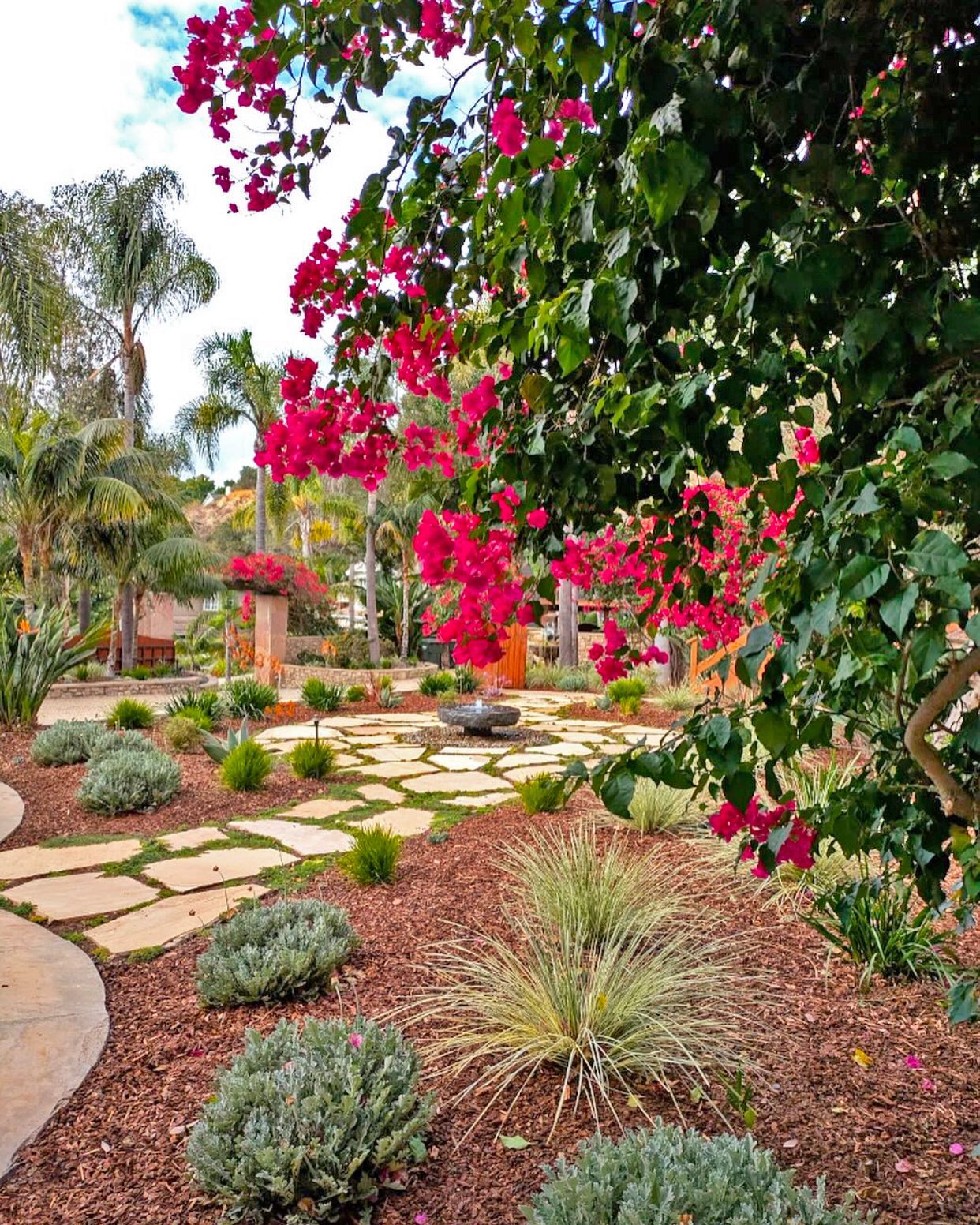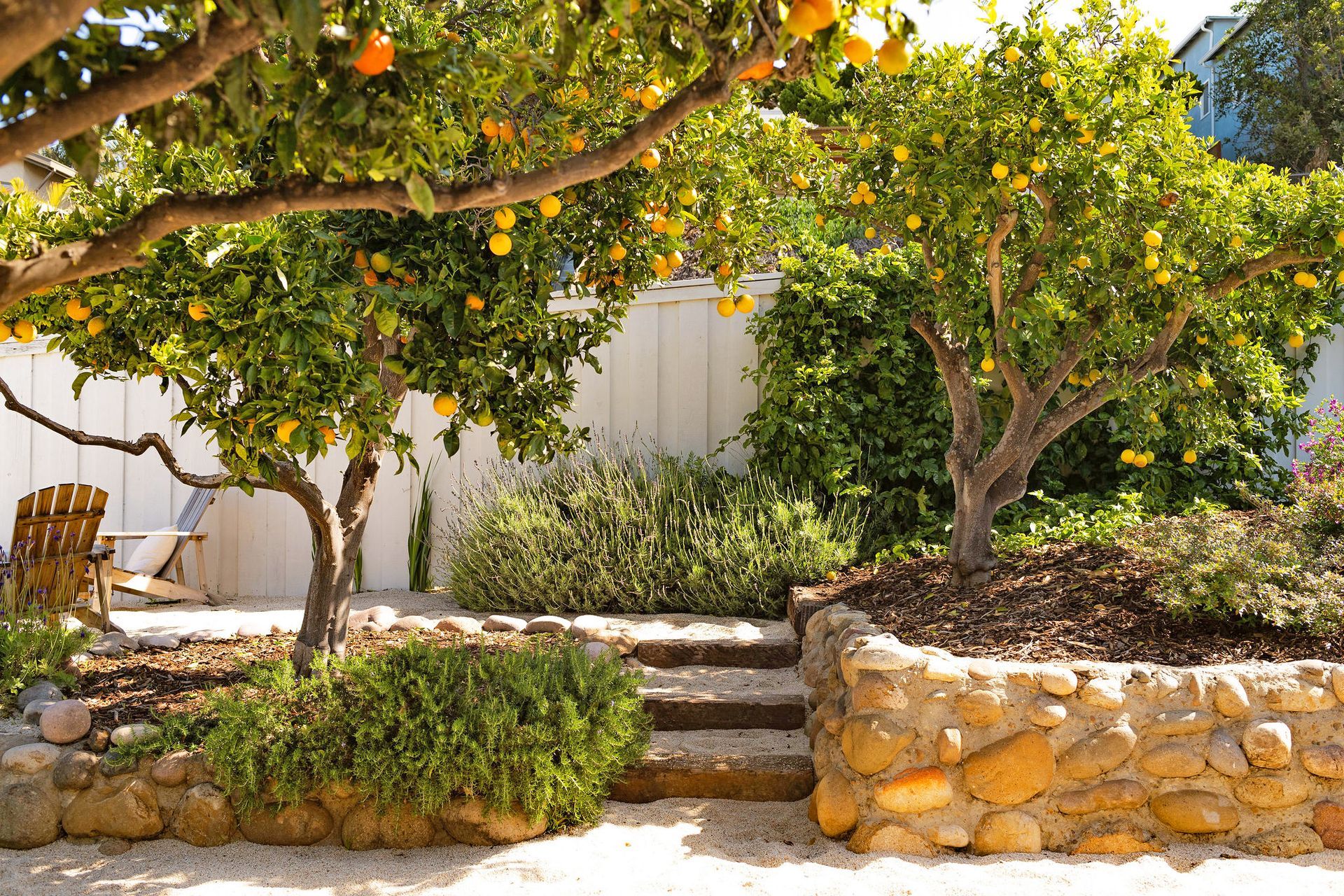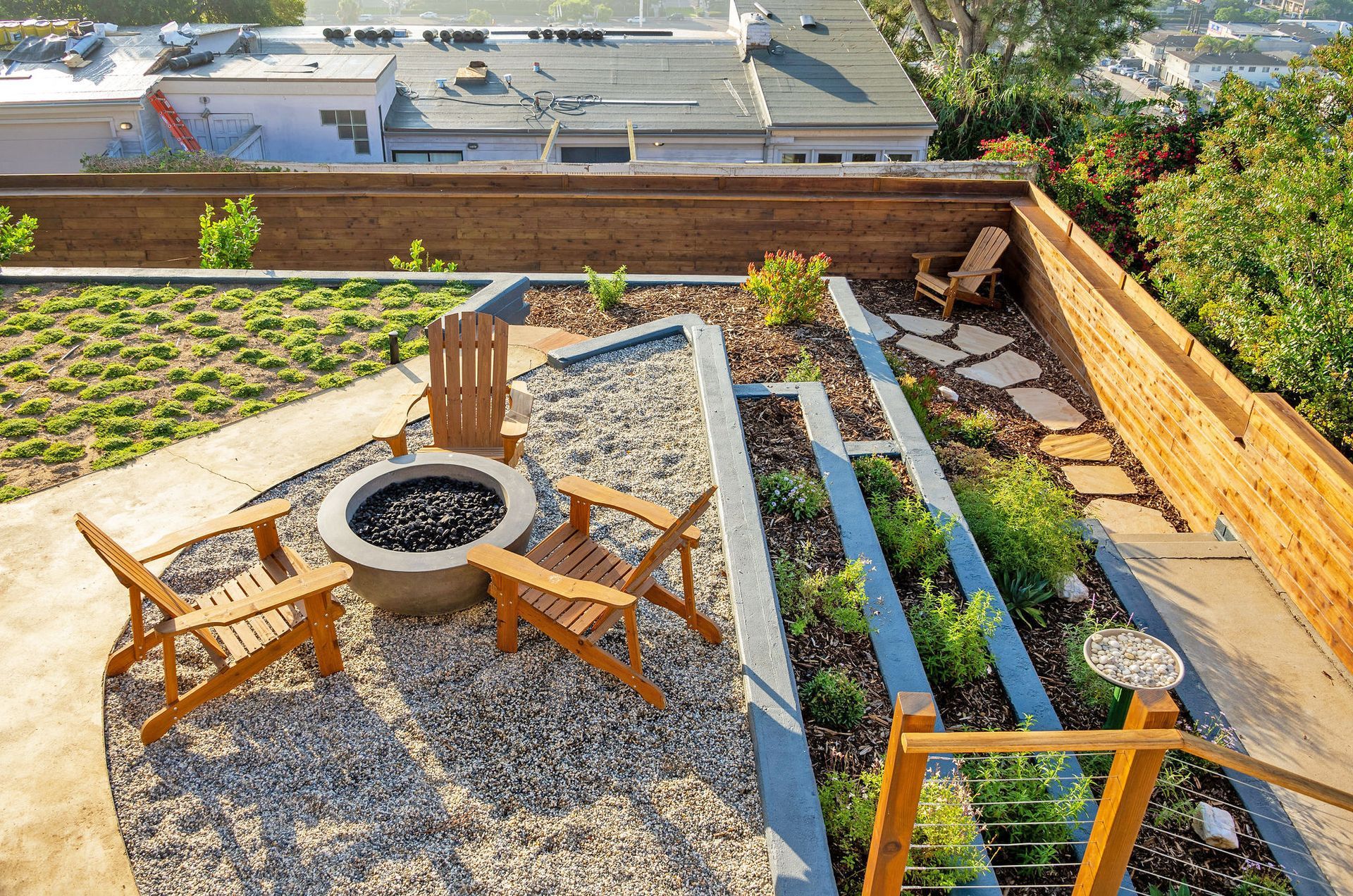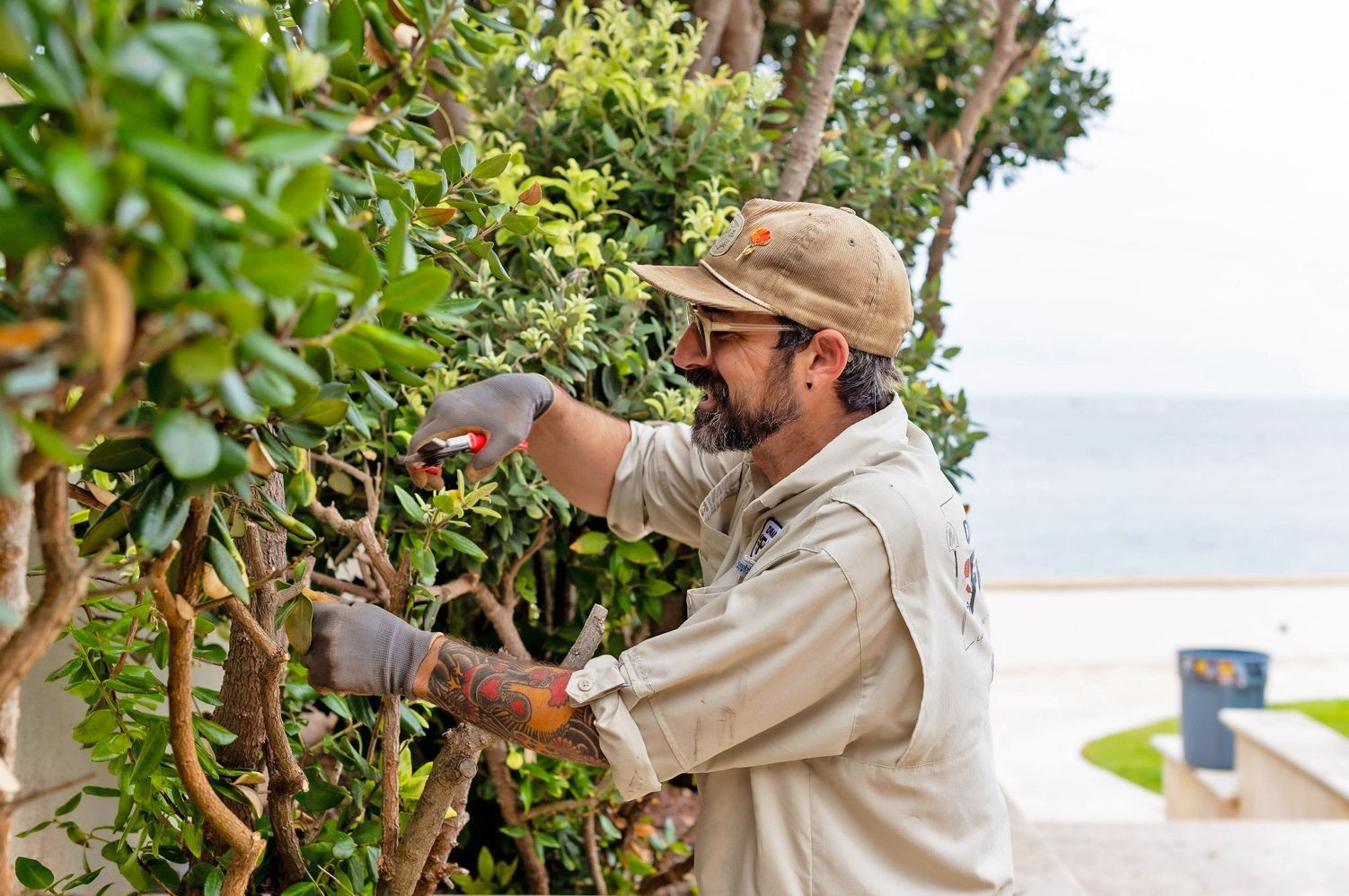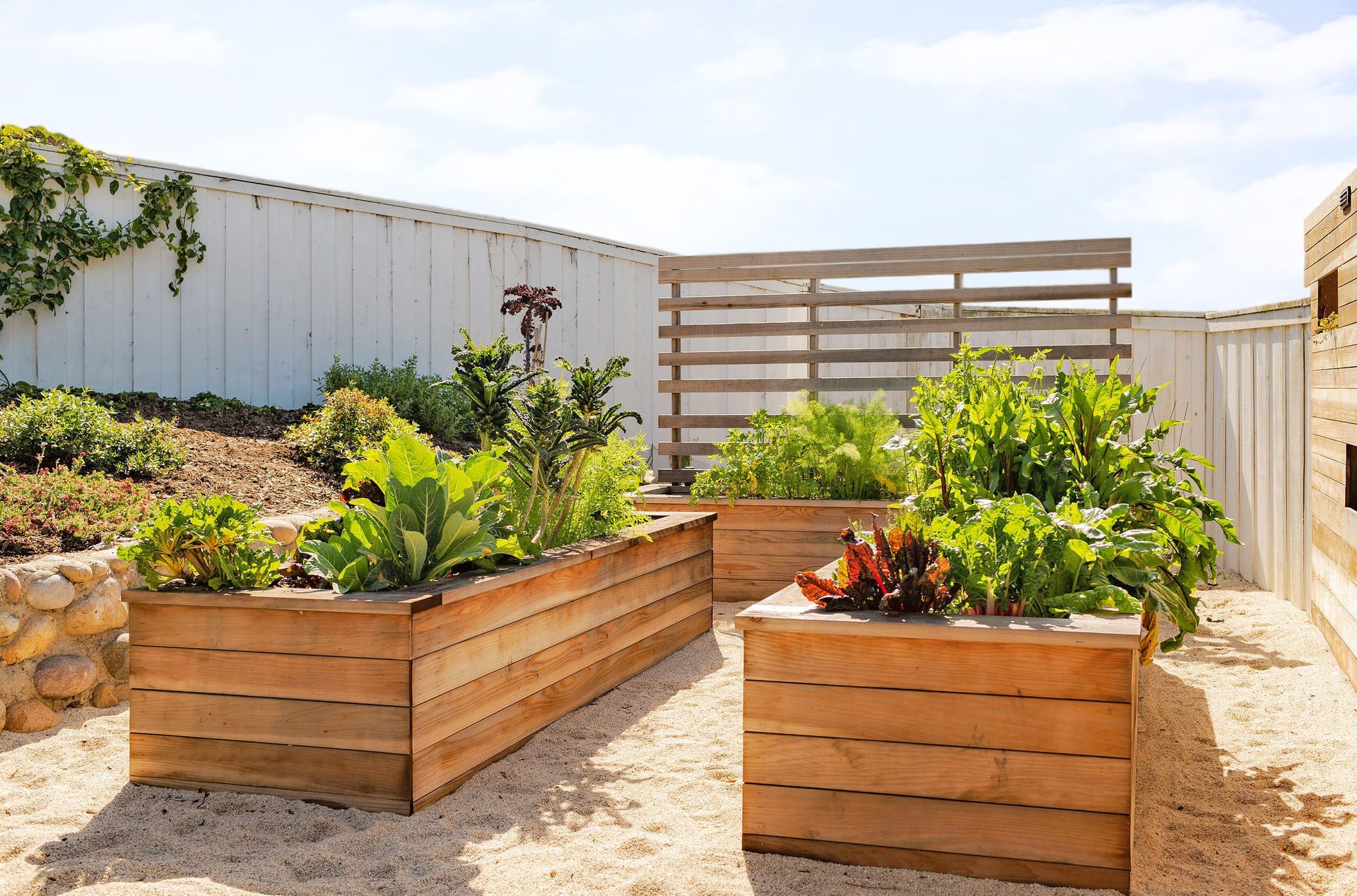Creating a beautiful, functional, and sustainable green space is more than just a trend — it’s a reflection of our growing commitment to the environment and a desire to enjoy our outdoor spaces in a more meaningful way. Whether you’re looking for backyard landscaping ideas to transform a small urban patio, a sprawling backyard, or a community park, balancing beauty, practicality, and sustainability is key to achieving a truly successful landscape design.
Creating a beautiful, functional, and sustainable green space is more than just a trend — it’s a reflection of our growing commitment to the environment and a desire to enjoy our outdoor spaces in a more meaningful way. Whether you’re looking for backyard landscaping ideas to transform a small urban patio, a sprawling backyard, or a community park, balancing beauty, practicality, and sustainability is key to achieving a truly successful landscape design.
At Drab To Fab, we believe that designing green spaces involves much more than picking pretty plants or laying down a new lawn. It’s about creating outdoor environments that work with nature, enhancing your lifestyle, and promoting environmental health. Let’s explore how to balance these three essential elements when designing your dream landscape.
Functionality: Design with Purpose for Your Backyard Landscaping
Before diving into aesthetics, the first step in designing any green space is understanding how the space will be used. Will it be a family-friendly area for outdoor gatherings and play? A quiet sanctuary for relaxation and reading? A vegetable garden or a space to entertain guests? By defining the purpose of your space, you can tailor these backyard landscaping ideas to meet your specific needs.
Key considerations for functionality:
- Traffic Flow: Plan pathways and seating areas to ensure easy movement throughout the space. Make sure there’s a natural flow that leads to key areas without congestion.
- Zoning: Divide your garden into functional zones, such as dining, lounging, gardening, or play. Each zone should be well-defined and optimized for its intended use.
- Maintenance: Consider the time and effort you want to dedicate to maintaining your green space. Choose plants and materials that fit your desired level of upkeep.
Beauty: Creating Visual Harmony in Your Backyard Landscaping
The visual appeal of your green space is what ultimately makes it a sanctuary. A well-designed garden can offer seasonal interest, color, texture, and a sense of calm. Studies show that well-designed outdoor space can also increase property value. When planning the aesthetics, it’s important to focus on creating harmony between plants, hardscapes, and outdoor structures.
Key elements of beauty in landscape design:
- Plant Selection: Choose a mix of plants that thrive in your climate and complement each other in terms of color, height, and texture. Use plants to create layers and focal points.
- Hardscaping: Incorporate elements like patios, walkways, retaining walls, or water features to enhance the landscape’s beauty. Natural materials such as stone, wood, and gravel blend well with plantings and create a timeless look.
- Seasonal Appeal: Plan for year-round beauty by selecting plants that provide interest in different seasons—whether through flowers, foliage, or texture.
Sustainability: Eco-Friendly Backyard Landscaping Ideas
As our awareness of environmental issues grows, designing sustainable green spaces has become a top priority. A sustainable landscape not only conserves water and energy but also supports biodiversity, improves air and soil quality, and reduces the urban heat island effect. When designing your green space, consider how your choices will positively impact the environment.
Sustainable design tips:
- Native Plants: Native plants are adapted to your local climate and soil, which means they require less water and fewer chemicals while also less prone to pests. They also provide essential habitat for local wildlife. Using native plants is a great backyard landscaping idea for water conservation.
- Water Efficiency: Incorporate drought-tolerant plants, install rain gardens, and use efficient irrigation systems such as drip irrigation systems, which studies have shown to be far more efficient than sprinklers. Consider adding a rain barrel to collect water for later use.
- Reduce Lawn Areas: Lawns can be water- and labor-intensive to maintain. Consider replacing parts of your lawn with low-maintenance ground covers, edible plants, or perennial beds.
- Use of Recycled Materials: Incorporate sustainable building materials like recycled stone, reclaimed wood, or eco-friendly pavers for hardscaping. These options help reduce waste and create a more sustainable landscape. For more info on using recycled landscape products, check out this guide put together by the city of San Diego.
- Soil Health: Healthy soil supports strong, resilient plants. Use organic compost and mulch to improve soil fertility and reduce the need for synthetic fertilizers.
Bringing It All Together: Your Perfect Backyard Landscaping Design
Balancing functionality, beauty, and sustainability doesn’t have to be a challenge—it’s all about thoughtful planning. By keeping your space’s purpose in mind, enhancing its visual appeal, and incorporating eco-friendly elements, you can create a green space that is both a joy to use and kind to the planet.
At Drab To Fab, we’re passionate about designing green spaces that are functional, beautiful, and sustainable. Whether you’re starting from scratch or looking to revamp an existing garden, our team can help bring your vision to life. Let us help you brainstorm your backyard landscaping ideas! Reach out today to discuss your ideas, and let’s create a green space that’s as fabulous as it is environmentally friendly!
Contact Drab To Fab today to start designing your dream outdoor space!
